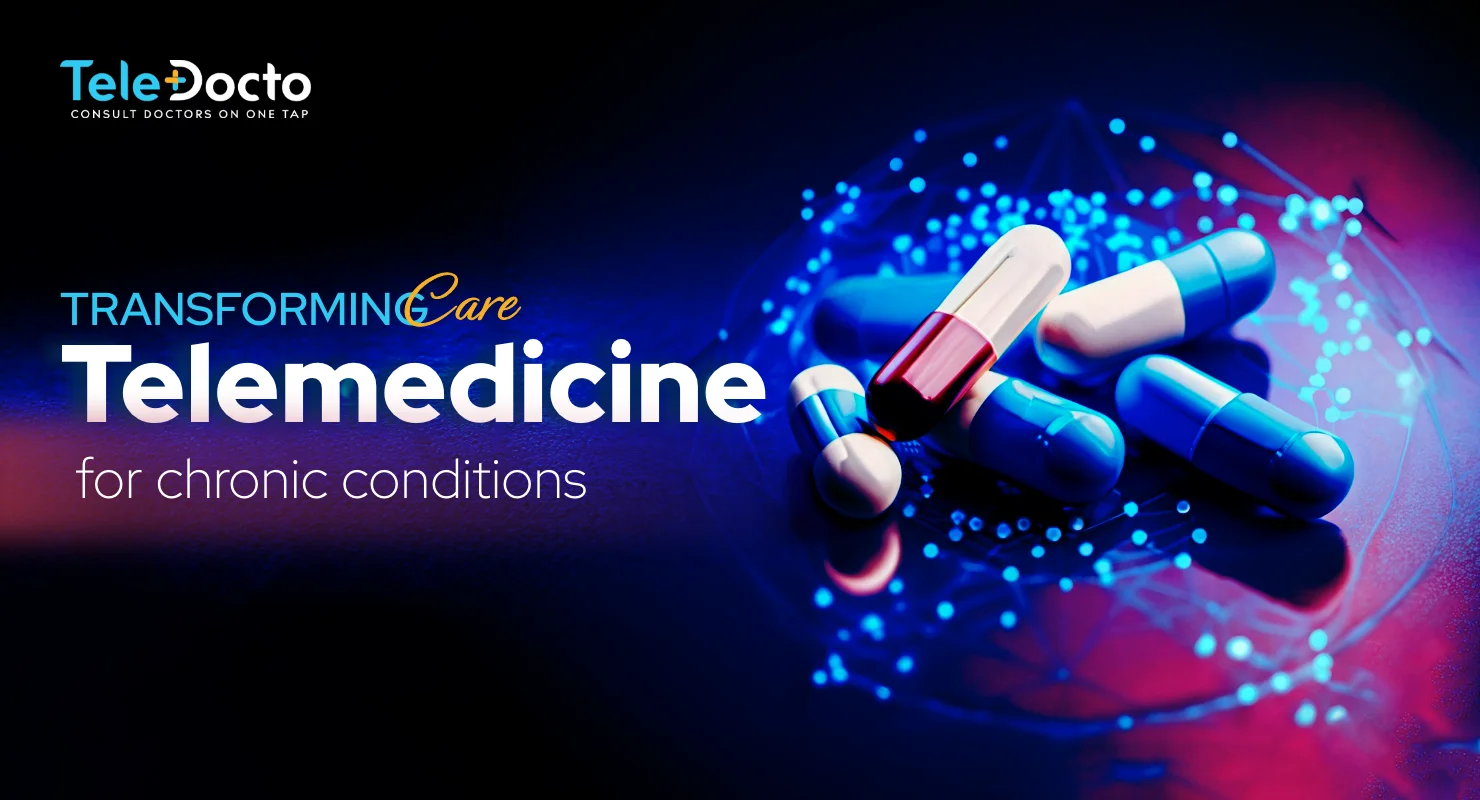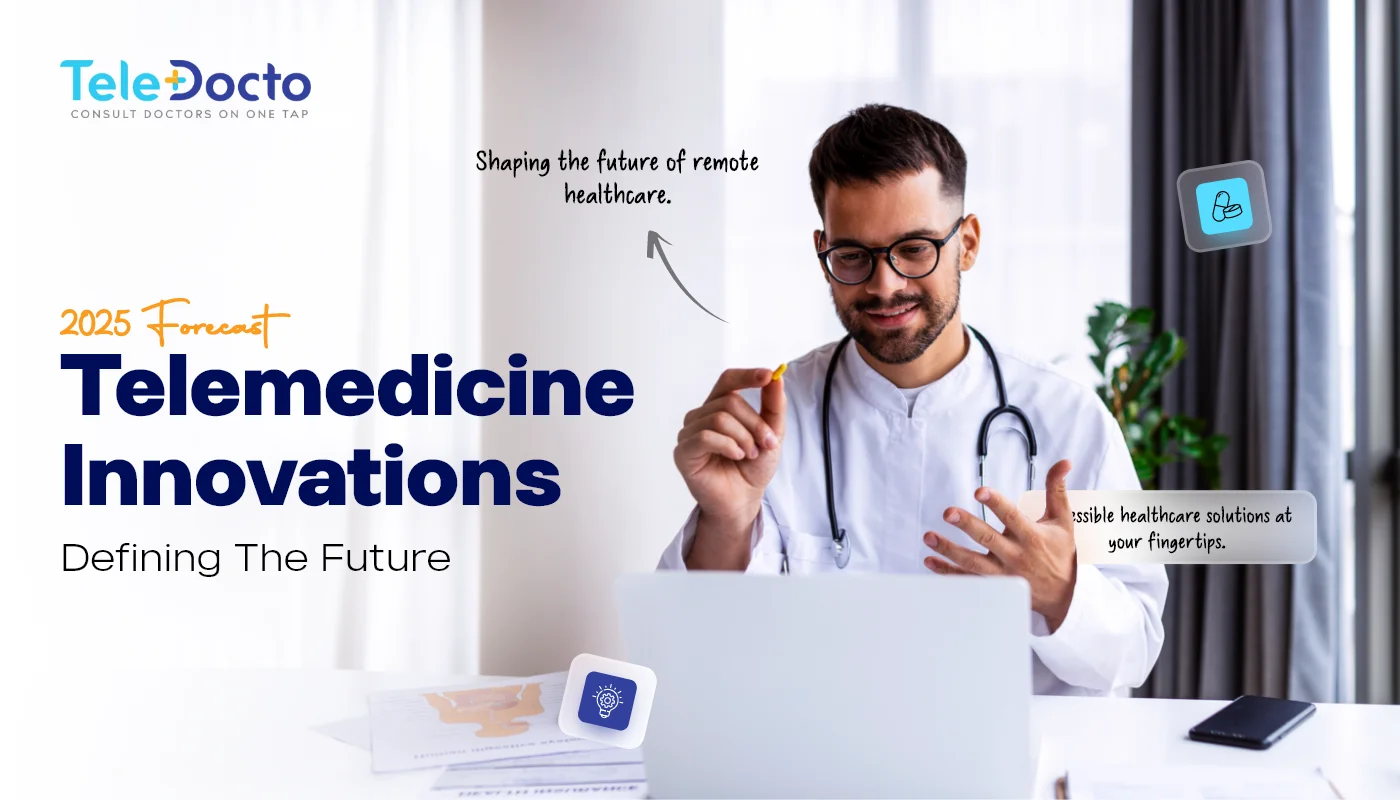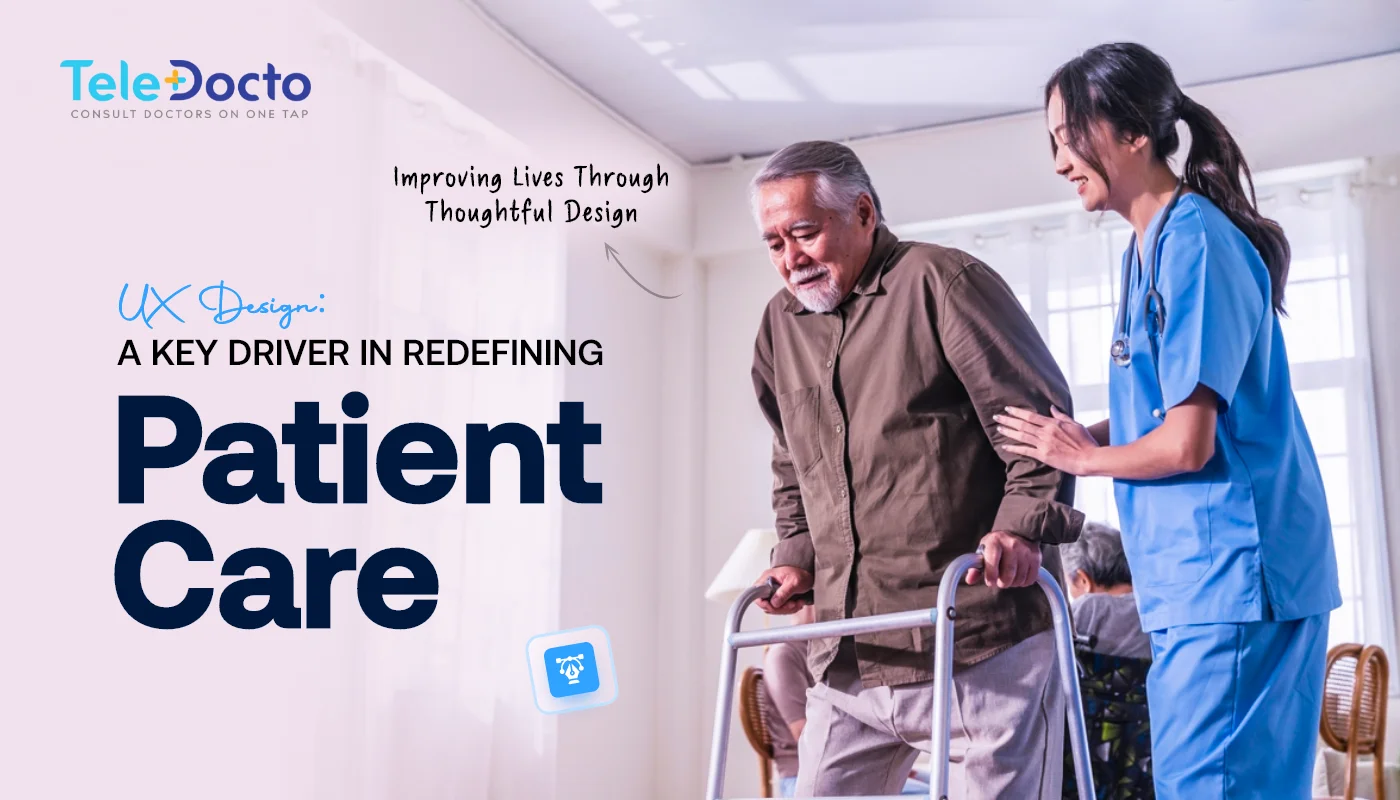
Telemedicine’s Impact on Chronic Disease Management
Getting holistic healthcare for chronic diseases like diabetes, cancer, heart stroke, and hypertension poses significant challenges.
The latest research reveals that 6 in 10 adults in the US have a chronic disease and 4 in 10 adults have two or more diseases. It intensifies the necessity of proactive chronic disease management and gives proper medical treatment to patients.
But the question remains, “How to do this effectively, for enhanced health outcomes and patient care.” Telehealth apps offers a promising answer to achieve the desired results and face chronic diseases. It’s a remote healthcare approach that detects early signs of chronic disease through remote monitoring and provides personalized virtual care to patients.
Through this guide, you’ll explore how telemedicine impacts chronic diseases by offering advanced healthcare services.
Let’s start.
How Telemedicine is Transforming Chronic Disease Management?
Telemedicine provides convenient, efficient, and accessible care for patients and modernizes the chronic disease treatment pattern. It ensures a patient-centered approach to chronic care without the need for frequent in-person visits.

Here are some ways telemedicine services are changing the lives of patients who require ongoing monitoring and chronic disease management:
- Increased Access to Chronic Care
Telemedicine serves as a vital link connecting healthcare providers with patients in need of chronic care, particularly those living in remote or deprived areas.
Patients suffering from chronic illness often face challenges in getting proper treatment on time. This leads to worse health outcomes. However, telemedicine allows them to access specialized care and timely treatment from the comfort of their homes.
Though, irrespective of limitations like disability and location, telemedicine empowers patients to remotely consult a chronic disease expert and obtain prompt care.
- Remote Patient Monitoring Through Virtual Consultation
Telemedicine enables healthcare providers to monitor patients remotely through a virtual consultation. By using the latest tech like 5G, digital devices, and transmission through electronic communication, telemedicine promotes remote monitoring and virtual consultation. Healthcare providers and patients can use digital devices (mobile, laptop, tablets, or computers) for virtual consultation, leading to better treatment and virtual care from home. The consultation can be in the form of a video/voice call, text/voice message, photos, digital reports, or e-receipts.
For example, doctors can now monitor patients with diabetes remotely. They use a digital glucometer machine that transmits patients’ blood sugar levels for real-time analysis. This helps the doctor monitor the patient’s sugar levels and keep them under control, thereby facilitating an optimal treatment remotely.
- Reduced Hospital Care and Re-admission Costs Through In-Home Care
Chronic disease treatment often comes with a high cost, making it unaffordable for many individuals. However, telemedicine offers regular treatment at considerably lower costs. It reduces the frequent need for hospital visits and re-admission costs, enabling patients to receive in-house chronic disease treatment.
This simultaneously saves healthcare expenses associated with hospital stays, enhances patient satisfaction, prevents further complications, and promotes recovery in familiar surroundings while receiving personalized care and attention from healthcare professionals.
- Engaged Patients Via Telemedicine Apps and Wearables
Another impact of telemedicine is that it enables patients to track their healthcare level. Telemedicine apps and wearable devices enable patients to track vital signs like medication status, diet, exercise, and regular tests to keep health in check.
During virtual consultation, patients can share their health records with doctors. And, doctors can analyze these patients’ vitals to check how treatment is going on. They can make necessary adjustments for better treatment plans and diagnoses.
Additionally, the app can send personalized reminders to take medication, eat healthily, or offer tips for staying active, which can speed up a patient’s recovery process.
- Early Detection of New Chronic Symptoms
Patients suffering from chronic disease might develop new symptoms, leading to the start of another chronic illness or worsening of existing condition. In such cases, telemedicine facilitates the early detection of new chronic symptoms and allows patients reach healthcare providers without delay. Pre-detection of new chronic illnesses enables doctors to do a prompt evaluation and start treatment of the disease on time.
Summing Up!
To sum up, telemedicine is a great alternative to traditional healthcare treatment. It empowers patients with timely intervention, improved treatment plans and self-care at home. By connecting patients and doctors through remote monitoring technology, telemedicine provides instant, cost-effective, and virtual healthcare services. It streamlines the patient experience and lets healthcare providers shift from conventional care to proactive interference.
Recent Blogs

Great design begins with understanding and research. Addressing user needs is crucial in starting a new project or revamping an existing one! Skipping user experience (UX) research early on can lead to expensive mistakes down the road. In healthcare, this step becomes even more critical—it ensures your product is user-friendly and avoids frustrating UX issues. […] Read more

Accessing telemedicine apps to connect with a healthcare provider is now considered the go-to way to seek a virtual consultation with doctors. While it might have once sounded like something from the future, it has become a standard part of healthcare over the past 5-10 years! Telemedicine apps have become the basis of healthcare revolution […] Read more

Regarding healthcare technology, the UX can make or break an app or system. The right design ensures patients, doctors, or administrators feel comfortable and confident while using the platform. But what does good healthcare UX design actually look like, and why does it matter so much? Healthcare UX design is critical for making user-friendly healthcare […] Read more